Geography Portal
Welcome to the Geography Portal!
This is home to all the geography articles of Salan.Here you can get to know the regions, political powers and species of Salan.
Go back to the Main Portal
World of Salan
The world is made of three plains of existense: the Heavens of Naralte and other gods, watery Underworld of Ulalte populated by the demons, and the mortal lands, Salan.The known lands are bordered by the Ocean to the north, Great Plains beyond the Serme Mountains in the east, and in the south stories tell of frozen lands beyond the Sadinian lands. It is not known where the true borders of the world lie, and some scholars have even suggested that the world is rather a borderless sphere.
Map of Salan
The Continent
The Southern Continent, usually refered to as the Continent, is the largest landmass known on Salan. The climate ranges from subtropical in the northern coast, to ice plains far in the south. The east to west span of the known lands, from Arensande to Tasalwíri, can be traveled in about 2 weeks by ship (estimating c. 100 km a day).Central Plains
The plains of Farensal in the center of the continent are the most agriculturally profitable region known. The region has a pleasant temperate climate, and plentiful winter rains that feed the great rivers. The shores are dotted with the densely populated Faren city states. Though culturally similar, the city states are in a constant state of competition with each other.The eastern part of the lowlands, Çaus peninsula, is home to the Tašalian people. They have stood against the spread of the Farens, because of their powerful trade networks and navy. They control the traderoutes to the east across the Pillar Mountains.
Serme Mountains
The highlands of the Serme Mountains are under the rule of Aramacänten. The inhabitants are mainly Ara and Sayal people.The highlanders are famous for taming the fierce Mountain Dragons, and for producing the finest wool handicrafts. Aramäcänten is also the main exporter of metals, feeding the war industry elsewhere on Salan. Visitiors are drawn here to visit magnificent temple structures, the áçäwals, situated high on the mountain tops.
Pillar Mountains
Pillar Mountains are a dry wasteland bordered by the Serme Mountains to the west, and the sea to the north. Despite the harsh environment, the Caač people make their living there by hunting gazelles and gathering the desert flora.The Caač also populate the nearby Irin i heš islands. The main natural resource of the harsh land is copper, but the Zeribians also use the region to take slaves from the Caač people. The Islands are also an important natural border, allowing the Tasalians to control the east to west trade in the narrow strait between the islands and the mainland.
Associated geography & biology articles
Bat pollination and huntingBronze on Salan
Sentient species
GiantsHerd of the Underworld
Spirit beings
Wild Spirits
Animal Species
Deep crawlerDog
Dragons
Goat
Holy geese
Hunter Bird
Maw Ûmendmeld (Capybara)
Mountain goat
Pets on Salan
Plants & Fungi
Bloodfoot mushroomDesert Poxbush
Ebzim tree
Lover's bond
Mushroom picking
The Islands
Eastern Islands
The Eastern Islands are the home of Zeribians, a race of great sailors and traders. The small islands are rich in many natural resources, benefitting from the tropical climate and fertile volcanic soil. Even though the islands are separated by great distances, the sea connects them and ensures that the many luxuries, like tea and sea silk, flow with little effort from island to the island, and also to the peoples of the continent.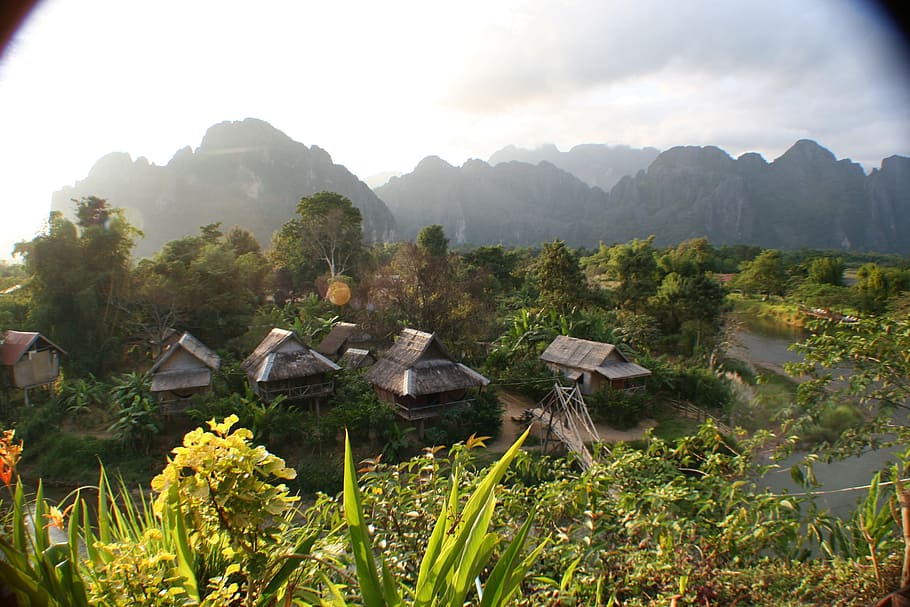
by piqsels
West Island
Redingais or West Island is a melting pot of Faren and Zeribian cultures. The island is currently the territory of the Republic of Free West Island, a zealous theocracy, that aims to control the trade between the Continent and the Islands.The capital of the republic is Çarimbal (New Tower), known for it's central Tower (seen on the picture below).


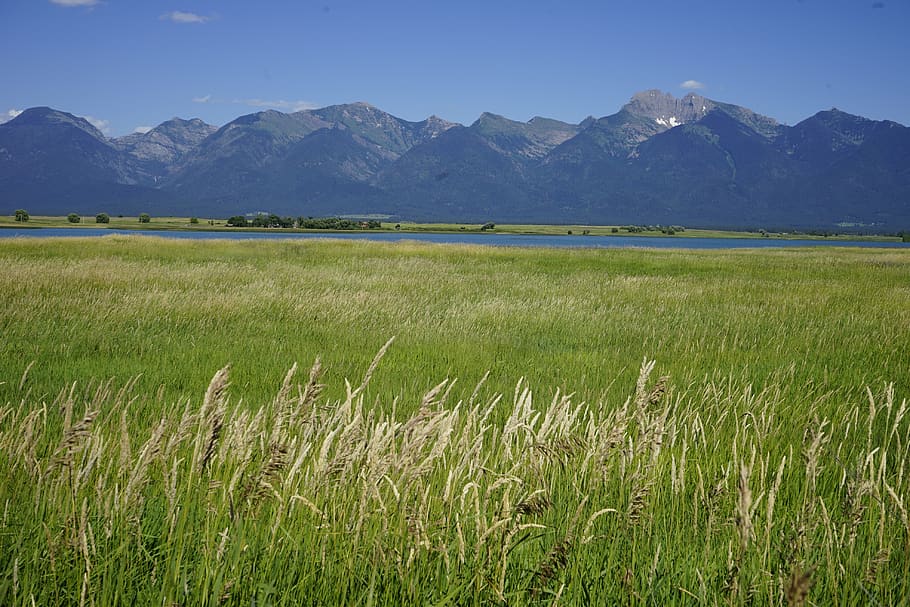
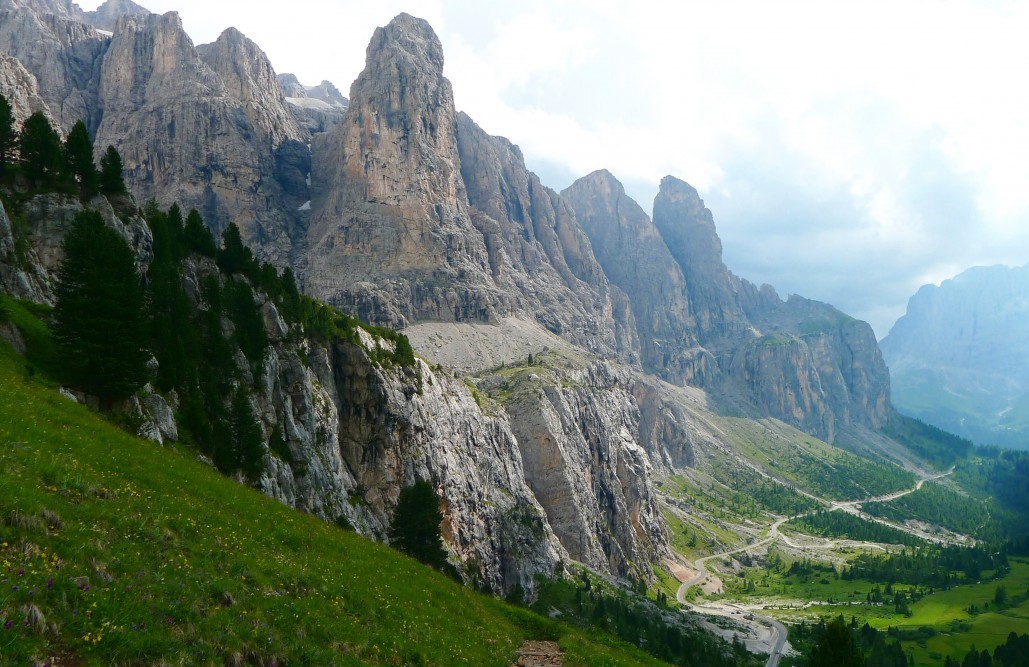
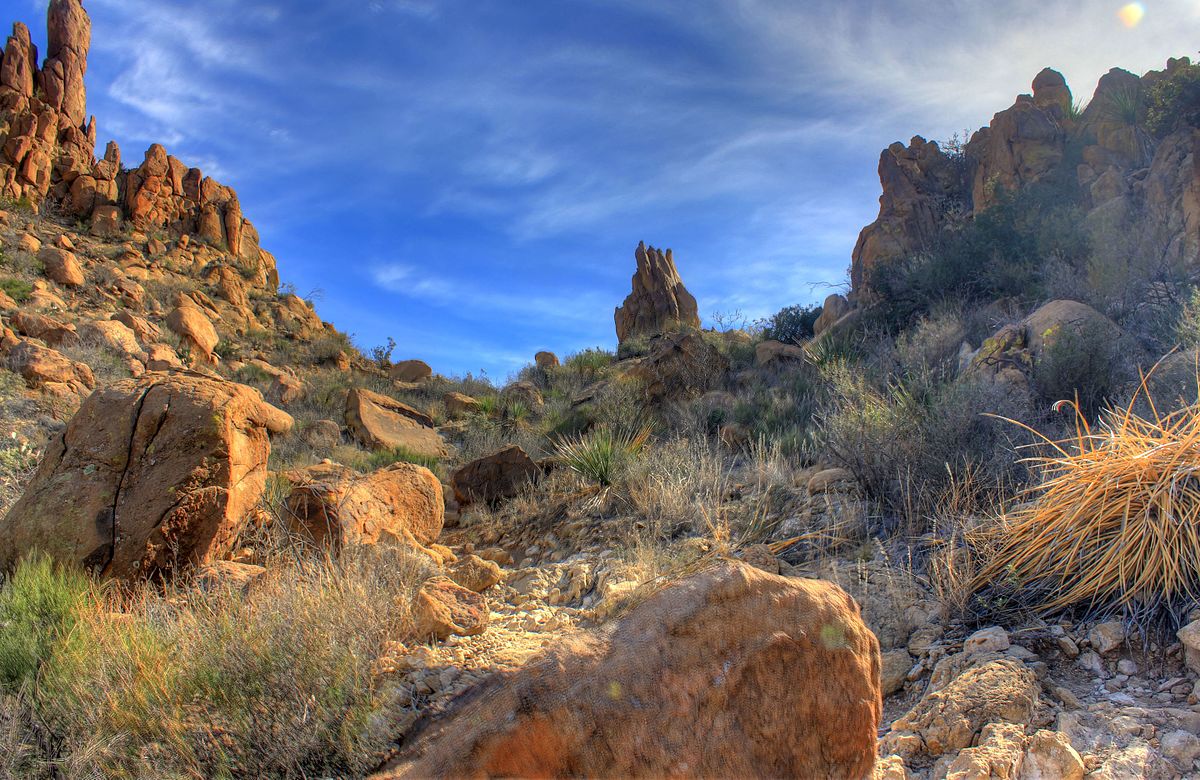
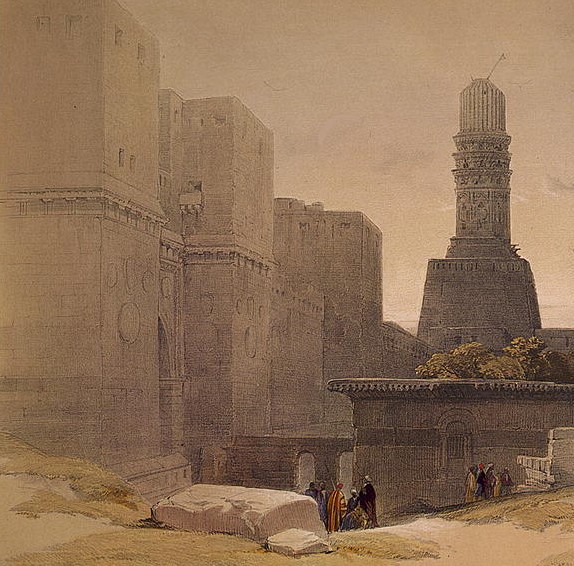

Comments